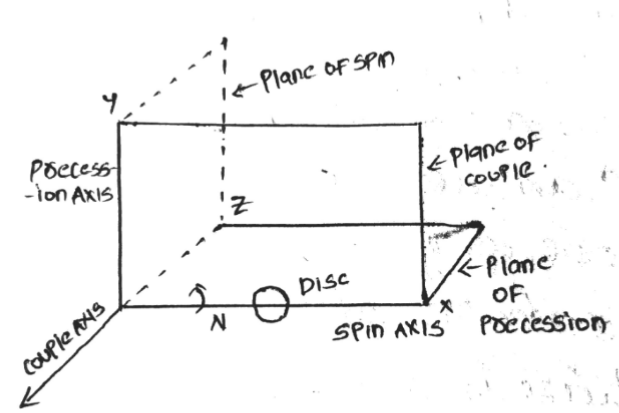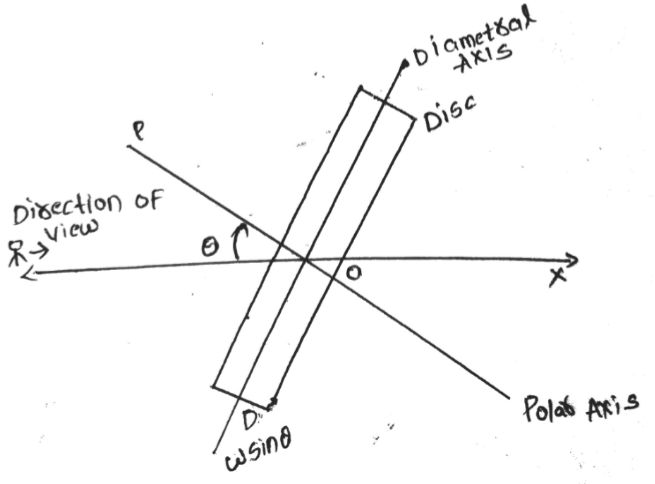Dynamically induced electromotive force (EMF) refers to the generation of an electromotive force or voltage in a conductor due to its motion relative to a magnetic field. This phenomenon is described by Faraday’s law of electromagnetic induction, which states that a change in magnetic flux through a loop or coil of wire induces an electromotive force in the conductor.
The formula for the induced EMF (ε) is given by:
ε=−dΦ/dt
where:
- ε is the induced EMF,
- dΦ/dt is the rate of change of magnetic flux.
The negative sign in the formula indicates the direction of the induced current according to Lenz’s law, which states that the induced current will flow in a direction that opposes the change in magnetic flux that produced it.
Dynamically induced EMF is the basis for the operation of electric generators, where the motion of a coil or a conductor through a magnetic field results in the generation of electric current. This principle is widely used in various applications, including power generation and various electrical devices.
Frequently Asked Questions – FAQ’s
Are there practical applications of dynamically induced EMF in everyday technology?
Yes, dynamically induced EMF is encountered in various technologies, such as in the alternators of automobiles, where the rotation of the coil generates electrical power for the vehicle’s electrical systems.
Can dynamically induced EMF occur in a stationary magnetic field?
No, dynamically induced EMF specifically relies on the relative motion between the conductor and the magnetic field; in a stationary magnetic field, there is no change in magnetic flux.
How is dynamically induced EMF utilized in electric power generation?
Electric generators use dynamically induced EMF to convert mechanical energy into electrical energy by rotating conductors within a magnetic field.
What role does the negative sign in the formula play in dynamically induced EMF?
The negative sign in the formula indicates the direction of the induced current according to Lenz’s law, signifying that the induced current opposes the change in magnetic flux.
Can dynamically induced EMF be generated without relative motion?
No, dynamically induced EMF requires relative motion between the conductor and the magnetic field; it is not generated in the absence of such motion.
How does Lenz’s law relate to dynamically induced EMF?
Lenz’s law states that the induced current will flow in a direction that opposes the change in magnetic flux, and it is integral to understanding the direction of the induced EMF in dynamically changing magnetic fields.
In which devices is dynamically induced EMF a crucial principle?
Dynamically induced EMF is a fundamental principle in electric generators, transformers, and other devices where the relative motion of conductors and magnetic fields is utilized.
What is Faraday’s law of electromagnetic induction?
Faraday’s law states that the electromotive force (EMF) induced in a circuit is directly proportional to the rate of change of magnetic flux through the circuit.
How is dynamically induced EMF calculated?
The induced EMF (ε) is calculated using the formula ε=−dΦ/dt, where dΦ/dt represents the rate of change of magnetic flux.
What is dynamically induced electromotive force (EMF)?
Dynamically induced electromotive force (EMF) refers to the generation of voltage or electromotive force in a conductor due to its motion relative to a magnetic field, as described by Faraday’s law of electromagnetic induction.

